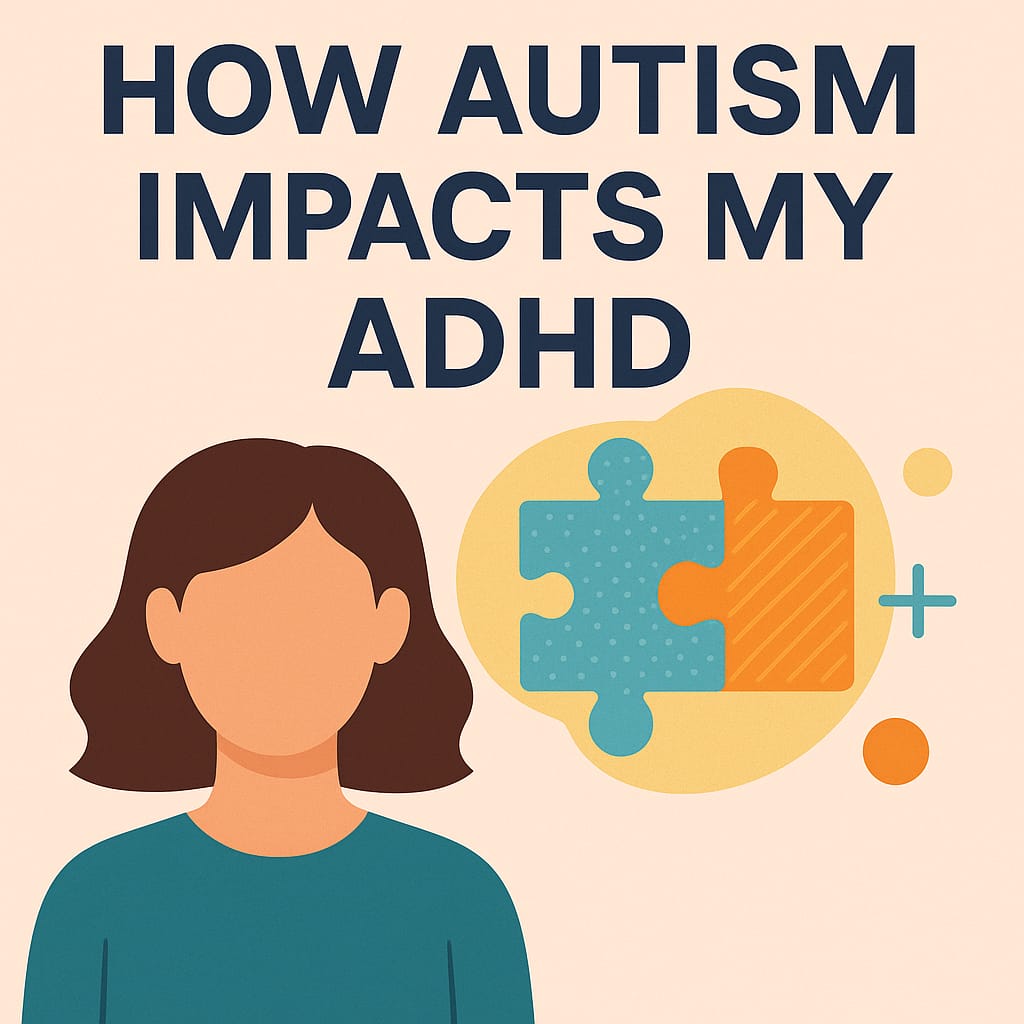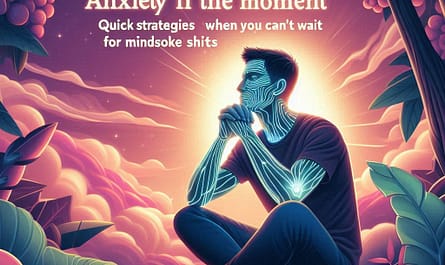
How I Learned I’m Autistic and Have ADHD
My journey toward understanding my neurodivergent identity began in 2021, when I was 37 years old. At the time, I was struggling with focus, organization, and a persistent sense that I was constantly falling behind, no matter how hard I tried. After seeking professional help, I was formally diagnosed with ADHD—specifically the inattentive type. That diagnosis was a revelation in itself. It explained so much about the difficulties I’d faced in school, at work, and even in day-to-day life: the forgotten tasks, the inability to follow through on plans, and the overwhelming mental clutter I had come to view as normal.
But receiving the ADHD diagnosis also sparked something deeper. I began to research neurodiversity more broadly, reading about ADHD traits and how they often overlap with other conditions. It wasn’t long before I stumbled upon information about Autism Spectrum Disorder. As I read more, I saw parts of myself reflected back in ways that were both surprising and validating. I took several online assessments and began journaling about lifelong behaviors and sensitivities I had always chalked up to personality quirks or “being shy.” Slowly, the pieces started to fall into place. I began to self-identify as autistic, recognizing how many of my experiences aligned with traits on the spectrum—especially around social interaction, sensory sensitivity, and a strong need for structure.
Still, I wanted clarity. In 2023, at the age of 39, I had the opportunity to participate in a university study focused on adult autism. As part of the research, I underwent a formal assessment with trained clinicians. Their evaluation confirmed what I had already suspected: I was autistic. That confirmation brought a huge sense of relief and self-understanding. It wasn’t just in my head. I wasn’t broken. My brain was simply wired differently.
How Autism Affects My ADHD
Living with both ADHD and autism is often like navigating a constant balancing act between two opposing forces in my brain. In some ways, my autism actually helps me manage certain ADHD traits—especially impulsivity. Where ADHD might push me toward rash decisions or spontaneous actions, my autistic need for certainty and preparation often slows me down. I tend to do a lot of information-gathering before making any big move, which provides a grounding effect. I need to understand all angles, assess risks, and prepare mentally before stepping into something new, which counteracts the impulsiveness ADHD is known for.
But the overlap isn’t always harmonious. Autism also brings a strong undercurrent of social anxiety that can stop me in my tracks—particularly when a situation requires me to reach out to people I don’t know well. Tasks that involve communication or collaboration can feel overwhelming because I overthink every detail: how I might come across, what could go wrong, whether I said the “right” thing. I often replay conversations in my head, analyzing every word. This perseveration can make even simple interactions feel exhausting. Ironically, my ADHD sometimes pushes me into those social situations more spontaneously, in ways that feel completely unfiltered or even reckless to my autistic mind. It’s like my brain is having two conversations at once—one saying “go for it!” and the other whispering, “wait, what if you mess this up?”
How ADHD Affects My Autism
On the flip side, I’ve noticed that ADHD also plays a significant role in how my autism shows up, particularly when it comes to social masking. Despite my deep discomfort in many social situations, my ADHD brain craves novelty, stimulation, and connection. That craving often overrides my fear of saying the wrong thing or not fitting in. I’ve learned to mask my autistic traits—often unconsciously—as a way to keep up socially and meet my ADHD-driven need for interaction and excitement.
This means I often appear more socially capable than I actually feel. I can talk animatedly, crack jokes, or dive into conversations even when I’m unsure of myself. But behind the scenes, it takes a lot of mental energy to hold it all together. The masking isn’t sustainable, and when the stimulation wears off, I crash—drained, overstimulated, and emotionally exhausted. ADHD pushes me into the world, while autism pulls me back inward to recharge. The tension between the two can be hard to manage, but over time I’ve started learning how to recognize and respect both parts of myself.



